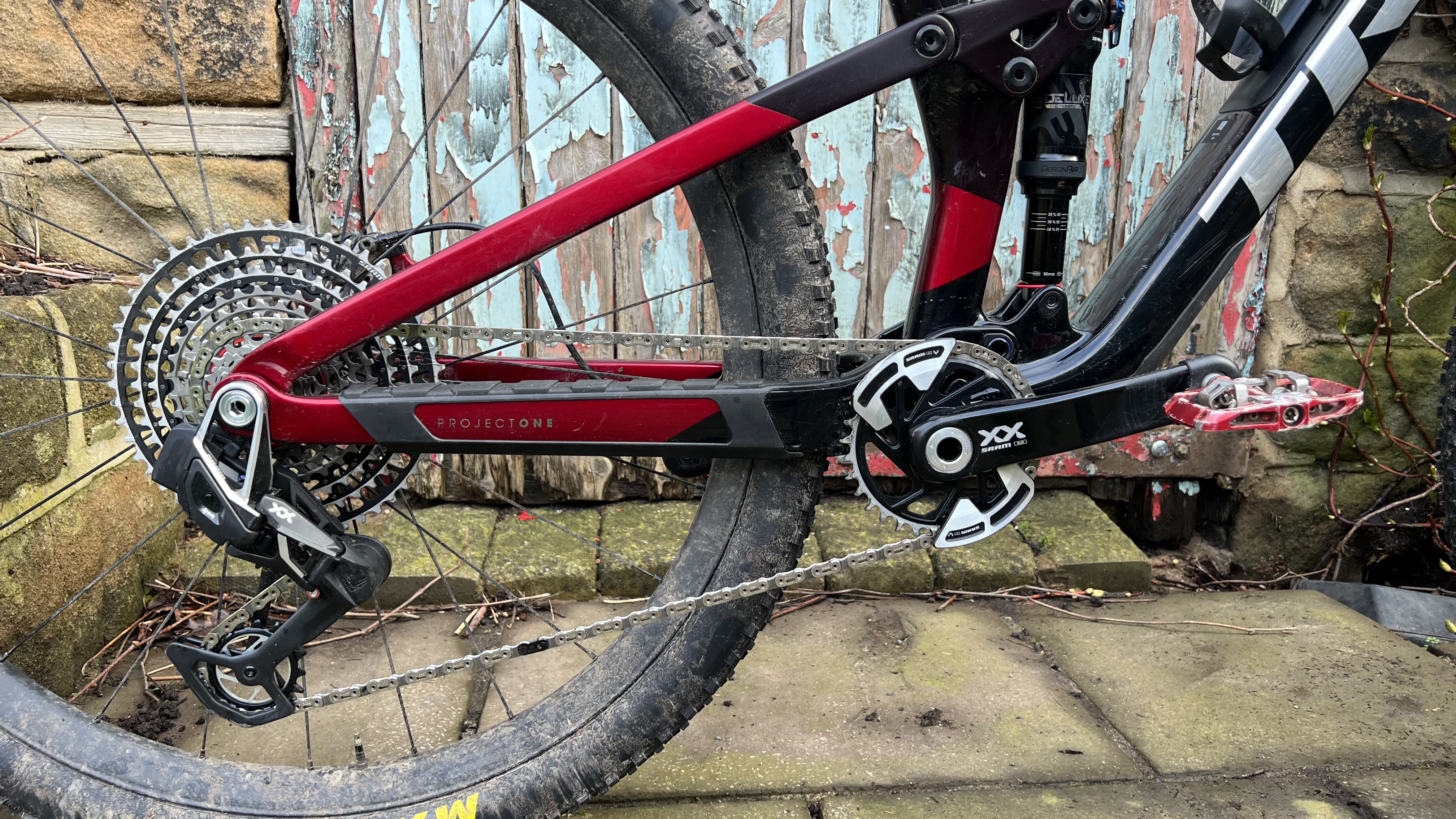
SRAM’s all-new 'hangerless' Eagle Transmission is a practical and performance feature-loaded masterpiece with a whole new attachment and ergonomic architecture that we’ve gone into in detail here. But how does this brand new wirelessly controlled drivetrain work on the trail? Guy Kesteven has hammering a pre-release test set through slop, snow, rocks and everything in between to find out.
While Guy has been testing the top of the line XX SL version of SRAM's new Eagle Transmission, sitting below it are the XX and XO models. For a full breakdown and more details on the complete range, see our main SRAM Eagle Transmission article.
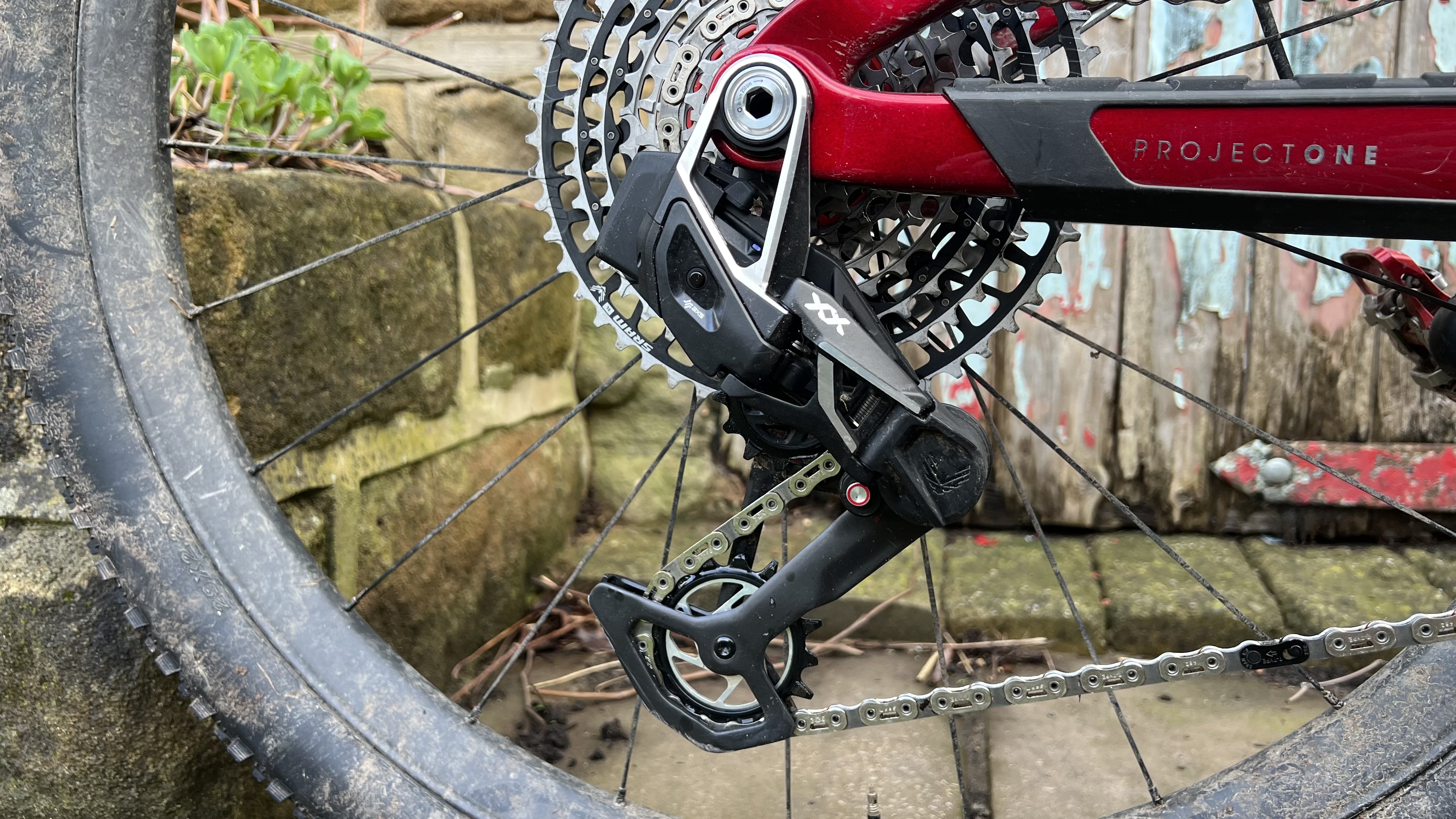
SRAM XX SL: shifting
The most obvious performance boost on the trail is how well Eagle Transmission shifts – particularly under load. Basically, however hard you pedal the ‘Full Mount’ rear mech stiffness and new cassette tooth profiling don’t seem remotely bothered. Talking to our comrades at MBR, they’ve had the same results on an e-bike at full power too. And I’m not talking about slight improvements either, I’m talking about still shifting without complaint even on ‘cranks barely moving’ maximum grunt, crux of a climb moments where you’re expecting either your knees or your chain to snap. The new ratio spread with 38 and 44-tooth cogs means much less of a lurch into the 52-tooth crawler gear, so pedaling cadence is more consistent too.
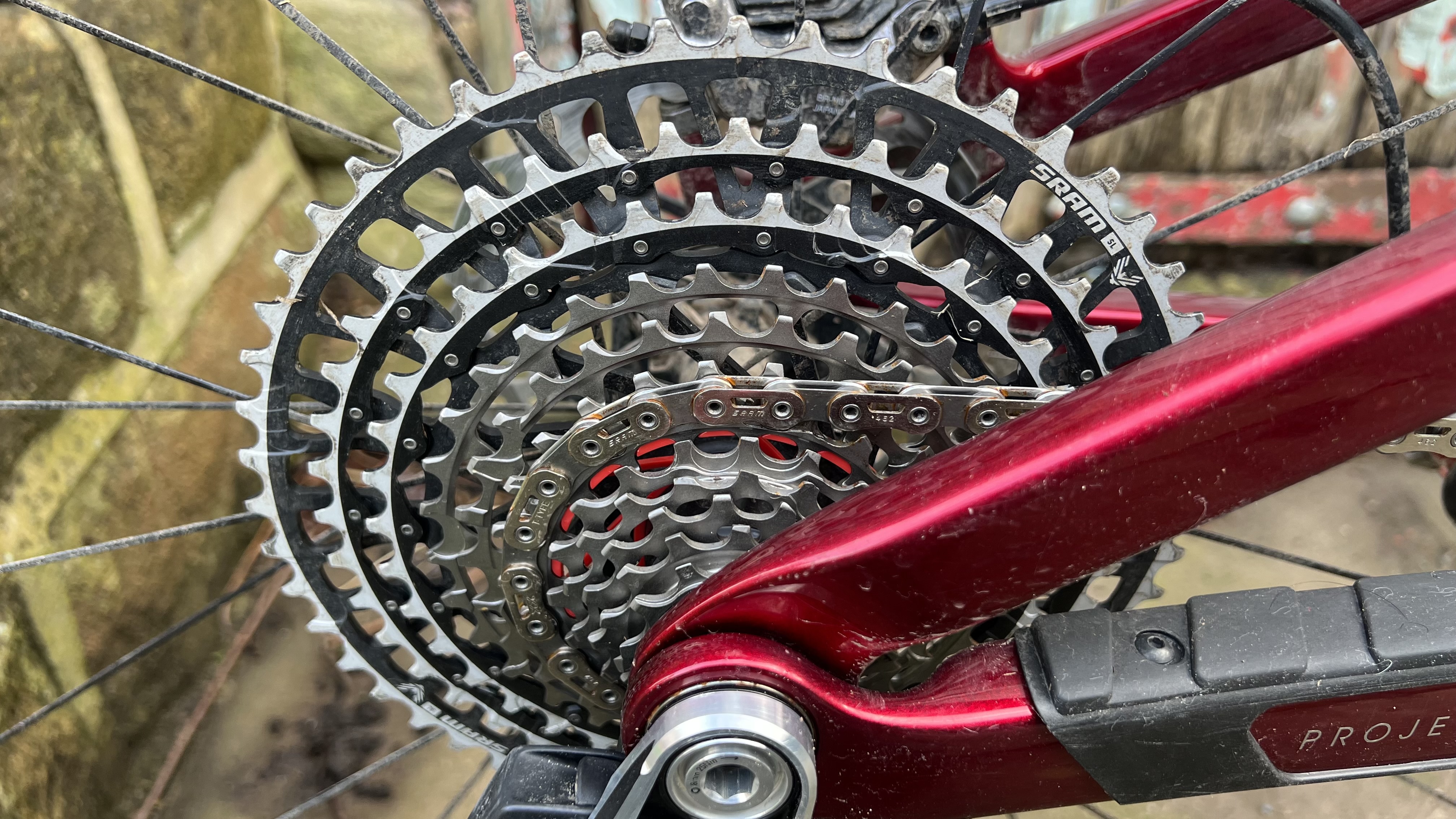
The caveat is that because the electronic system ‘waits’ until it’s the optimum moment to move the chain you can get a fractional hesitation after pressing the pod button. If you just keep the power down and concentrate on your line and traction though you can rely totally on it levering into the gear you want without any grinding, skipping or other issues.
The fact the shift is so stealthy and quiet means it doesn’t give away any pre-sprint shifts so you can keep the element of surprise when things get competitive on the trail/track.
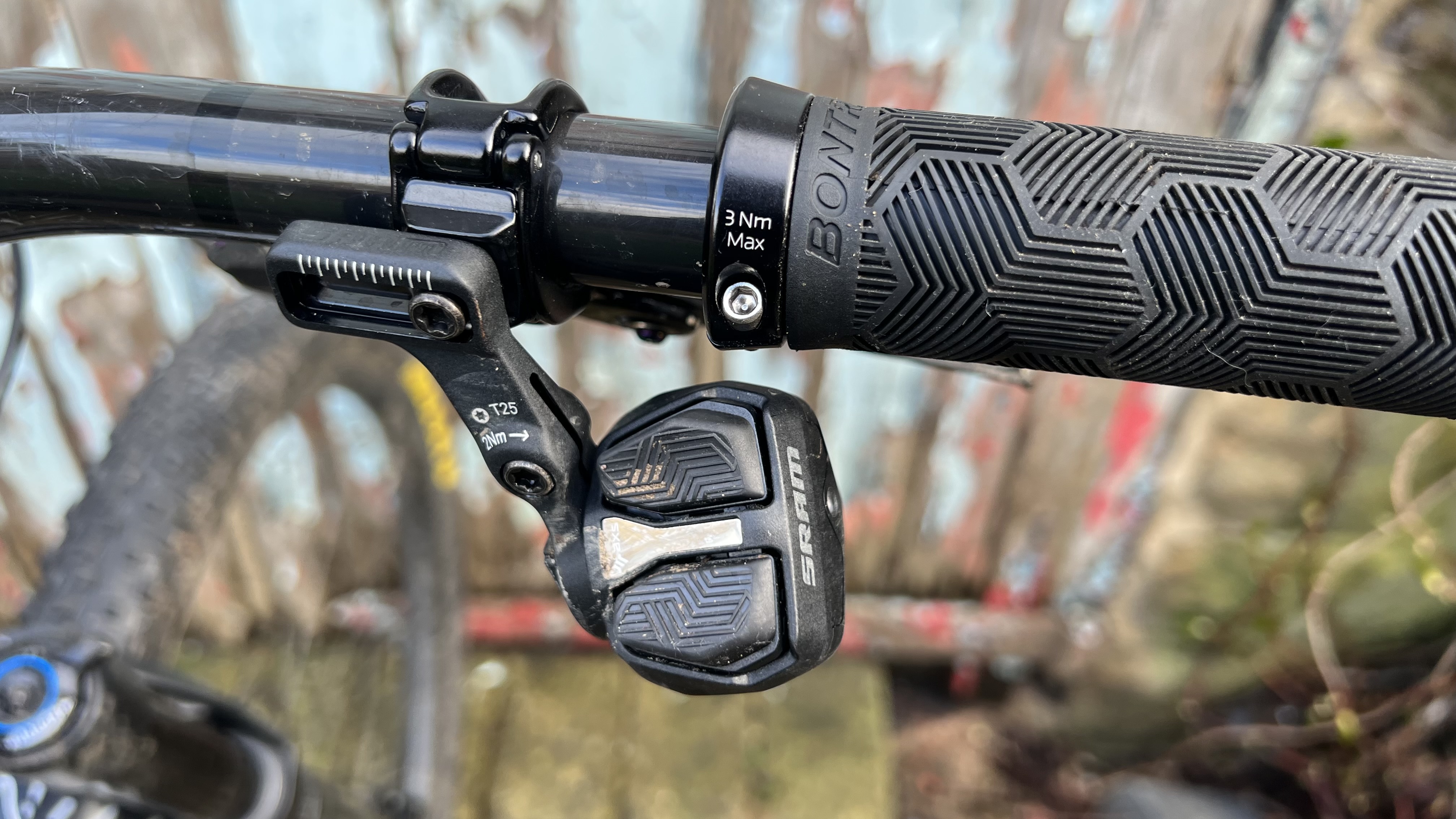
SRAM XX SL: shifters
The new two button AXS pods are a big win in terms of simple ergonomics. While I’ve somehow never found previous AXS triggers totally intuitive whichever way I’ve set them up, I got the shift direction 100 percent right with the new pods straight away. There’s a choice of two paddle rubbers (I’ve stayed with the originals) on the ‘Ultimate’ version too, but that adds £55 over the standard pods. The only thing I did miss was the front ‘nudge’ button which let you keep a full thumb grip on the bars while shifting on previous AXS Eagle.
Otherwise the rotational adjustment is great for individual ergonomics and the optional figure of eight clamp is useful if you don’t run SRAM brakes or don’t want to use a Matchmaker combined mount. Perhaps, unsurprisingly, it doesn’t play that well with Shimano brakes with the additional support strut between lever and grip, but you can make it work.
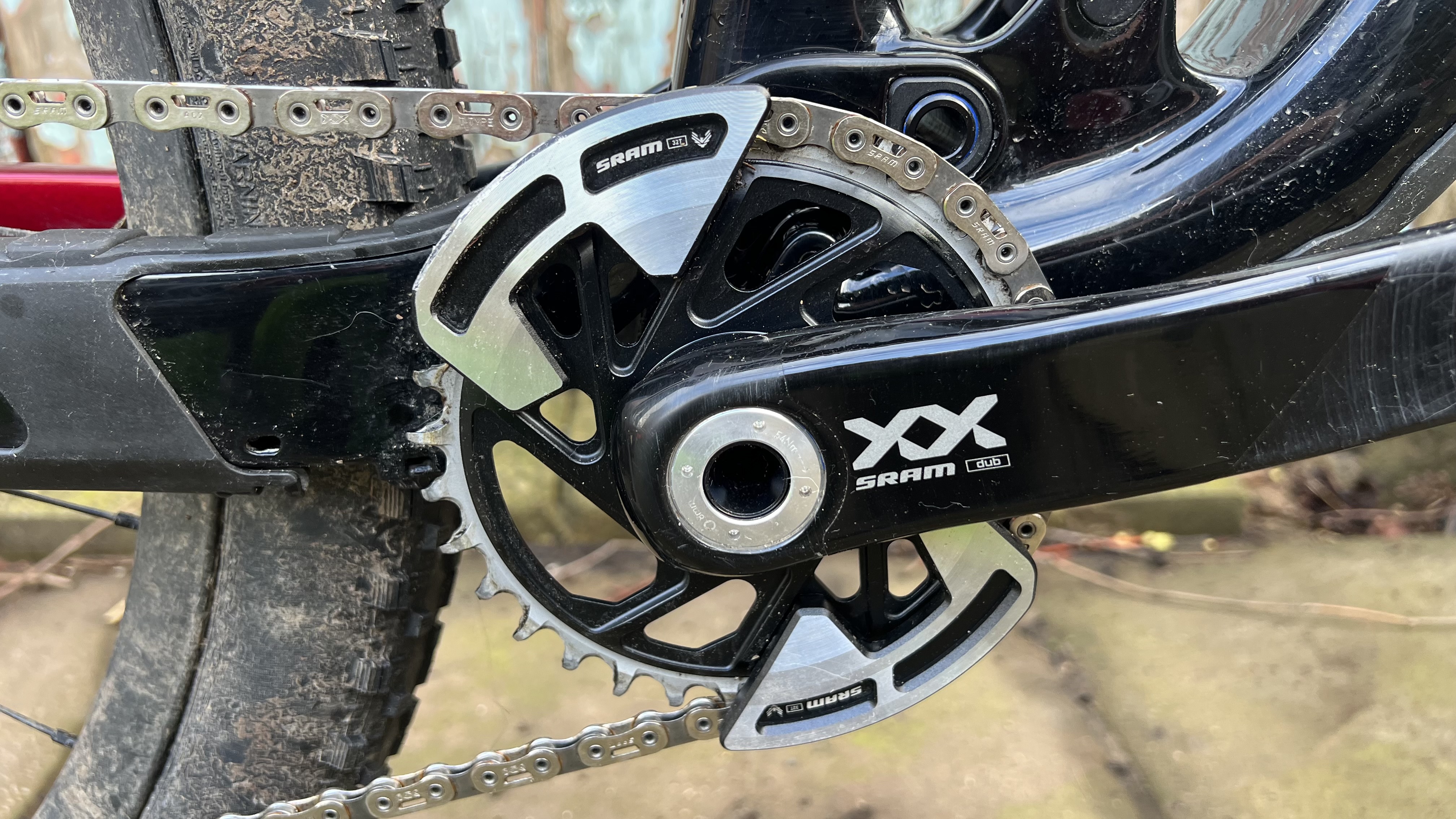
SRAM XX SL: crankset
SRAM sorted out the stiffness of their superlight cranks with the last generation of XX1 and the new XX cranks feel rock solid on their Dub spindle whether you’re cranking or crash landing. The new tooth profiles on the chainrings seem to keep that ‘fresh and clean’ transmission feel longer than SRAM’s already benchmark performance too, although obviously the new chain, cassette and jockey wheels play their part as well. I’ve not had time on the full power spider version of XX SL (that’s getting swapped on as soon as I’ve finished typing) which offers dual-sided 1.5 percent accuracy. The spindle inserted ‘DUB-PWR’ meter I used in the XX crankset gives enough information and accuracy (+/- 3 percent) for most riders it’s really easy to sync and use. Features like automatic zeroing are a big stress saver when you just want to get on and go and long term experience with the same design on SRAM’s Rival AXS confirms it’s a tough and durable off-road proof option. The power meters also make T-Type compatible with RockShox Flight Attendant 'auto suspension' or wattage referencing trainer platforms like Zwift.
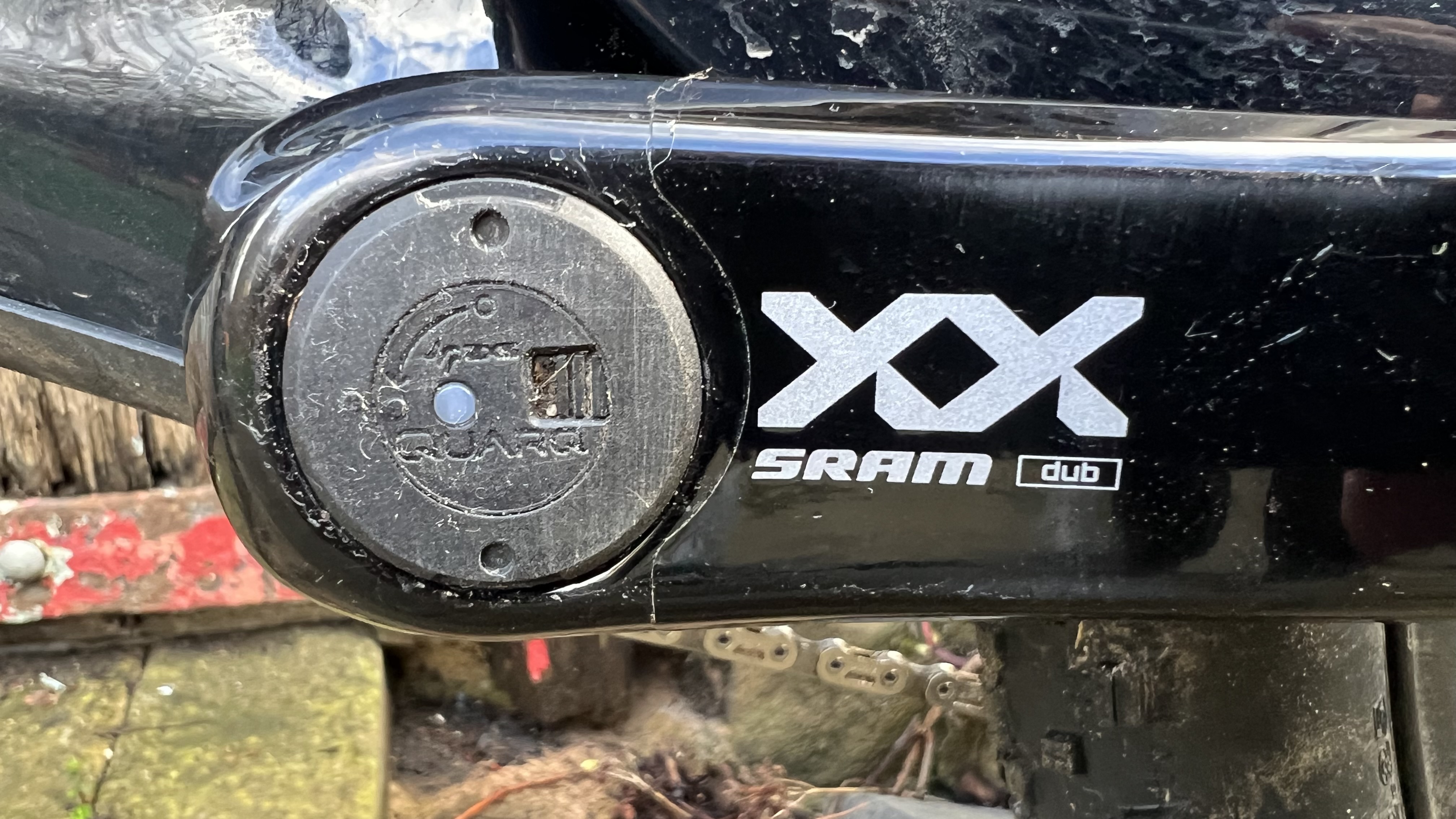
SRAM XX SL: setup
SRAM have been pursuing a foolproofing agenda with their tech for a while. Having no angle of dangle derailleur adjustment screw or even inner and outer stop screws to mess with makes rear mech set up a lot simpler. Check the chain length required for your relevant chain stay, put the chain on the ‘setup cog’ then use the laser etched lines and partial lock stop to put the ‘Full Mount’ mech into the right position before cranking it down tight. The XD freehub, Dub bottom bracket, eight-bolt chainring attachment, AXS batteries and AXS smartphone app are all proven standards and equipment.
Like any minimal tolerance twelve speed systems, accurate alignment is crucial to avoid skip issues and I had to make a micro-tweak a couple of weeks into testing. It’s super easy via the AXS pod controller though and it’s been working fine ever since.

SRAM XX SL: resilience
While the enhanced shifting is the initial win with switching to T-Type, SRAM have clearly put a ton of work into toughening the system up over previous Eagle AXS too. While the lack of a replaceable hanger seems to be making a lot of people panic in comments below leaked pictures, I soon stopped worrying about it even on rocky, woodsy trails. The Overload Clutch works as well as ever and I’ve heard it work a few times when I’ve shaved sniper rocks or stumps too close, but the lower mech profile meant less contact than normal anyway. The Magic Wheel is another great safety ‘fuse’ in case something gets into the jockey cage although so far my only testing has been in the workshop not in the wild.
Running the optional bolt-on chain protection segments removed a lot of stress from trails with log or rock hops too as you can just grind over the top without worrying about your chain or teeth. Alongside aspects like the replaceable skid plates on the rear mech it’s a real statement of how deep SRAM have gone into the process of toughening up T-Type.
While it’s too early to comment on the durability of the chain and cassette, I’ve put my pre-release XX SL setup through every possible traumatic environment from snow to deep sludge and grinding winter trails and been deliberately negligent on the lubing. That doesn’t seem to have bothered it all, and MBR’s T-Type e-bike version is nearly 1000km into its wear without any issues whatsoever. I’ve had great results with the shallower flat top gravel chains off-road too so the deeper Eagle flat top chain should be even stronger.
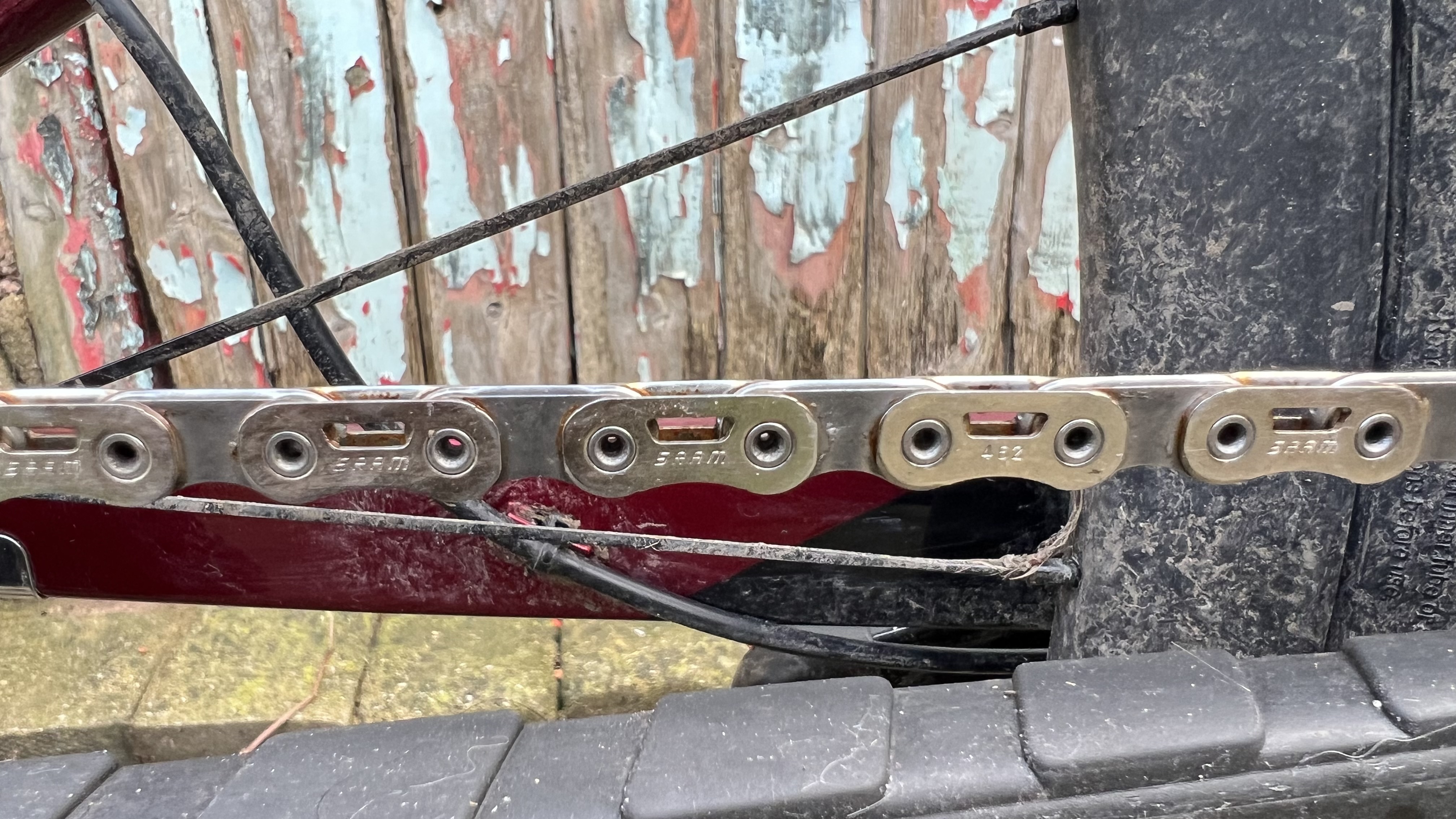
SRAM XX SL: other wins
While I’ve not tested them and therefore can’t speak about performance, the big increase in options for various e-bike formats is a definite win for motorised mountain bikers. Talking to our colleagues on the MBR.co.uk team, the improved shifting under load is even more appreciated when you’re working with superhuman torque numbers too.
On a personal level, I think the new, more mechanistic angular aesthetics are killer too and give a definite premium, tech feel to the T-Type family. Even the smoother spread of ratios on the cassette looks more sorted and it certainly works that way too.
While it’s niche, you can now run your AXS Pod shifter whichever side of the bar you want, which as far as I can work out is the first time ever, as even early thumb shifters were left or right handed unless you pulled them apart.
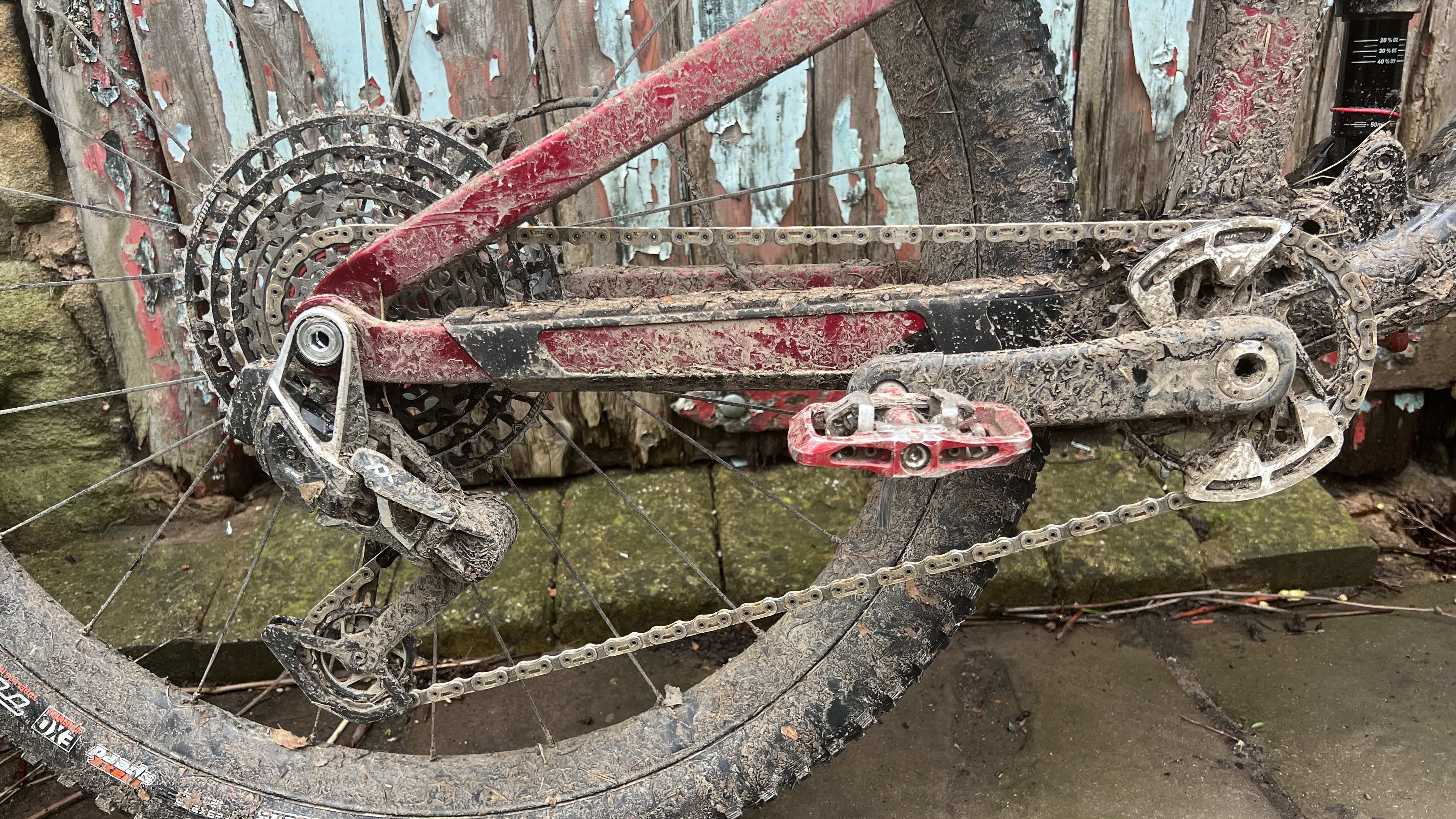
SRAM XX SL: downsides
The most obvious downside is that Eagle T-Type Transmission only works with frames that use SRAM’s UDH gear hanger. There are over 250 of those already in existence though and more are being added to the list all the time. If you’ve got another sort of hanger you’ll only be able to use the new shifter pods and crankset options from T-Type.
Price of the three top tier options and the fact it’s a ‘closed’ system rather than being upgradeable piece by piece will be a barrier for some buyers too. Judging from the last Eagle AXS release, more affordable versions might not be far behind.
While previous AXS systems have been remarkably reliable, the same potential to forget to charge/refit a battery remain and battery life is slightly shorter than previous AXS systems.
Finally, if you like fancy looking gears and chains, there are no rainbow or other metallic color options yet. They took a while to come out for Eagle AXS though so maybe you just need to be a patient princess.
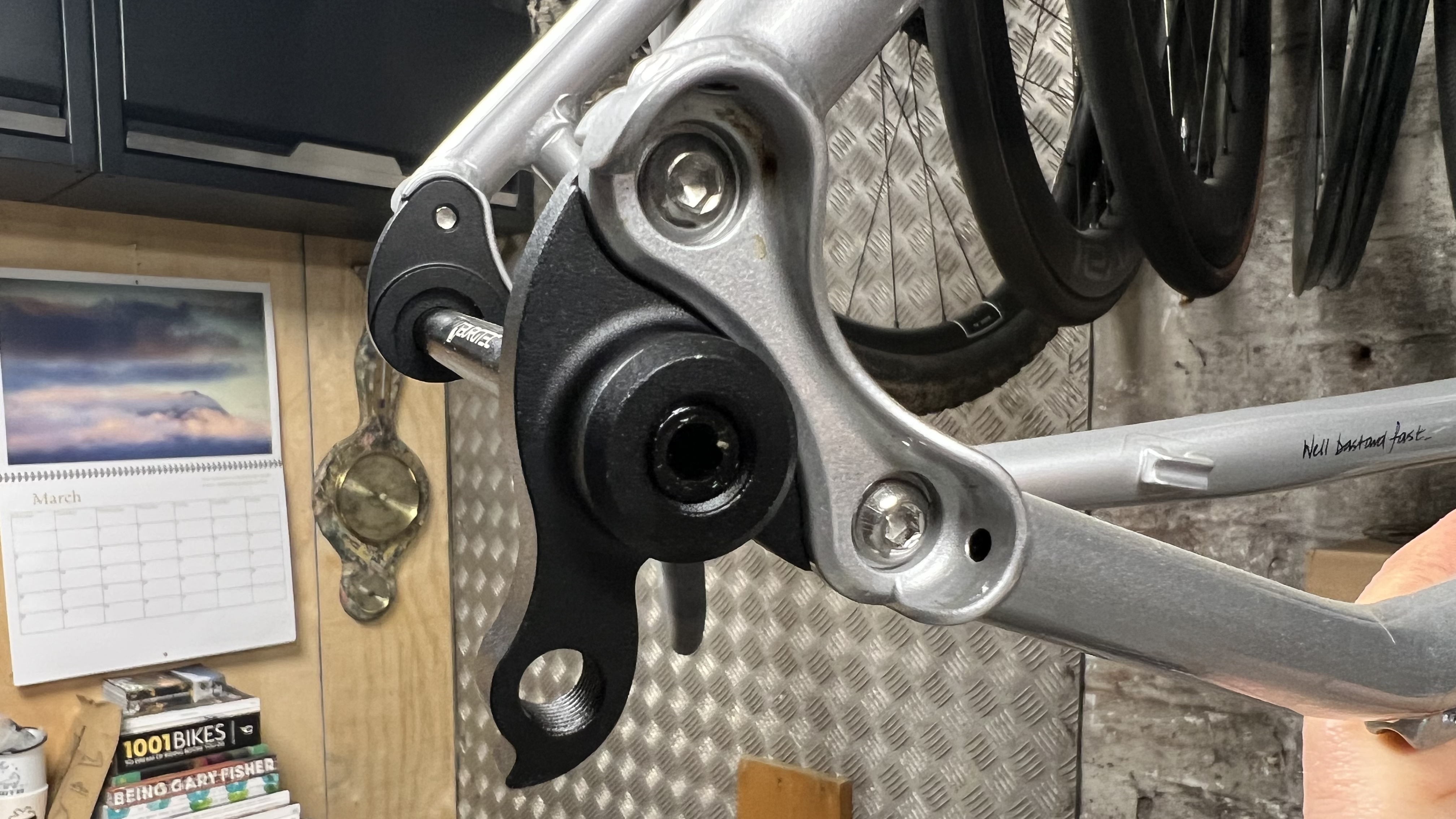
SRAM XX SL: weights and costs
Costs of new XX SL and current XX1 are broken down below, but the basic gist is that while the new rear mech is heavier by 63g, lighter chain, cassette and controller mean a saving of 22g if you don’t include the crankset. According to SRAM adding the cranksets should increase the advantage further, but I was sent an XX chainset rather than XX SL or an XX SL. The new Quarq power meter spider is heavier than the old one though, so if you want wattage feedback XX SL adds 27g.
The surprising thing is that even with the more expensive ‘Ultimate’ pods with the non-power crank, the XX SL groupset is €39 cheaper than current XX1. Although again, that flips to being €115 more expensive if you compare the powermeter versions. XX with foam core carbon cranks at $2,049 / €2,450 / £2,195 and X0 with alloy cranks at $1,599 / €1,900 / £1,715 offer lower entry points to nearly all of the same tech too.
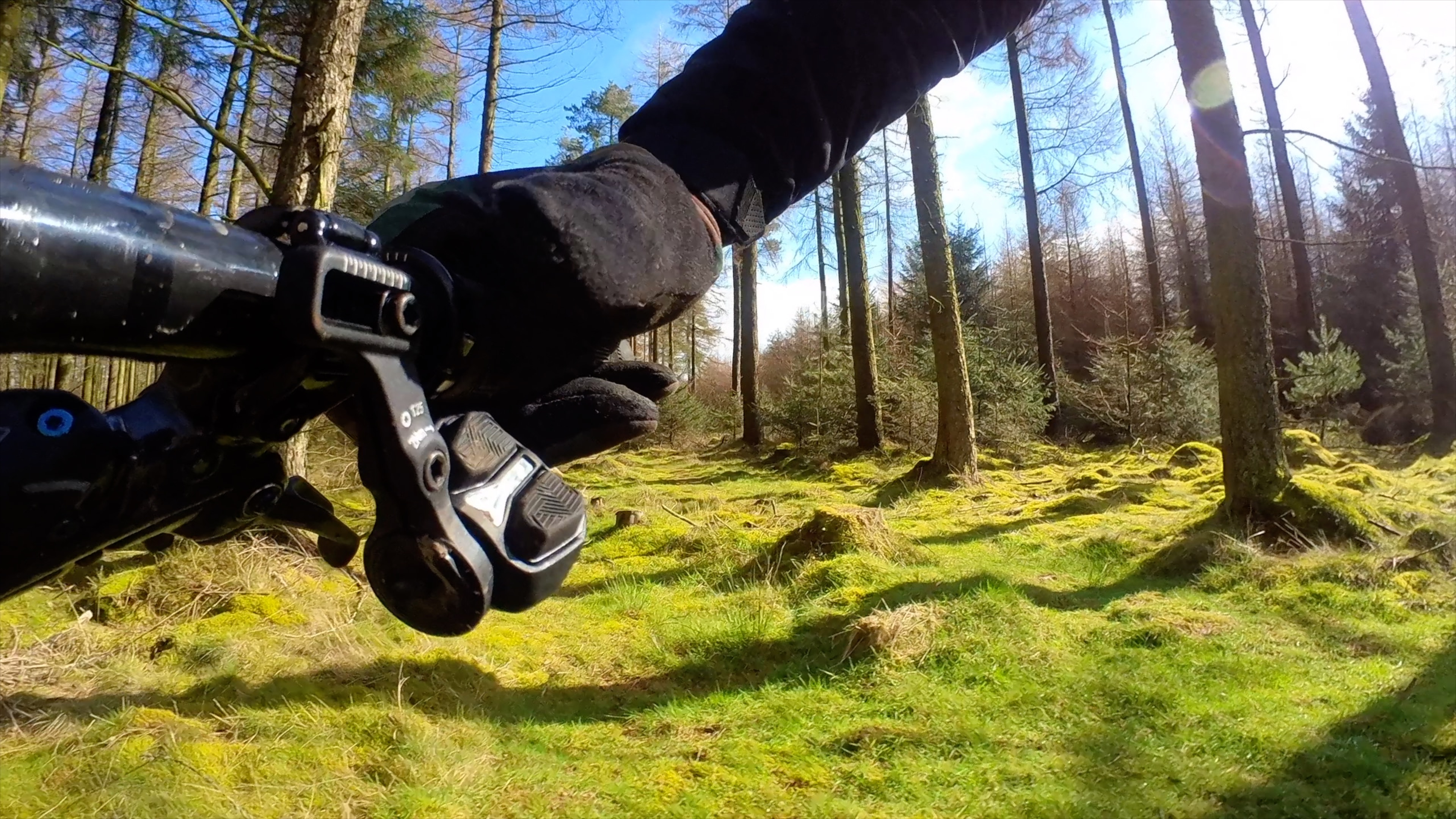
Verdict so far
It’s early days, but so far the new XX SL setup I’ve been running has massively impressive. Improved, intuitive ergonomics and flawless shifting even under max power/min revs are the obvious operational highlights. A better spread of gears and smoother drive feel for longer even in vile conditions are obvious in use too, but simpler setup is a definite initial win. The various damage limitation elements have also worked really well to reduce paranoia about the fixed ‘Full Mount’ architecture and simple ‘foolproof’ set up is a DIY bonus. More power meter and powered bike crank options are going to be welcomed by opposite ends of the athletic spectrum too.
The fact the conventional crank version of XX SL is lighter than it’s more delicate predecessor is a tribute to the amount of development time SRAM have sunk into the new T-Type designs. The fact they’re not charging more to cover that is a welcome surprise too, although pricing is still definitely premium.
While I’ve not heard of any impact related issues from other testers that’s a fairly limited pool of samples and it’ll be interesting to see what happens when the system is released into the wild. There’s no escaping the fact it makes non UDH frames obsolete in terms of full SRAM upgradeability either and that’s going to rightly cheese off a lot of people. You can still add the shifter pod and multi option crankset gains to an existing AXS set up though so it’s not wholly exclusive.
You can find a breakdown of XX SL component weights and prices below along with the soon be to extinct XX1 Eagle AXS for comparison. Fear not XX1 users, as SRAM will be supporting spares, for the time being at least.
Tech specs: new SRAM XX SL vs existing SRAM XX1 AXS
New SRAM XX SL
- XX SL rear mech: 440g, $650.00 / €700.00 / £695.00
- XX SL cassette: 345g, $400.00 / €480.00 / £430.00
- XX SL chain: 240g, $150.00 / €180.00 / £160.00
- XX SL Crankset: $550.00 / €660.00 / £590.00
- XX SL Crankset Powermeter: 568g, $1050.00 / €1260.00 / £1125.00
- AXS Pod Ultimate Controller: 48g, $200.00 / €240.00 / £215.00
- Weight minus crankset: 1073g
- Weight with crankset powermeter: 1641g
- Price with standard crankset: €2,260
- Price with crankset powermeter: €2,860
Existing SRAM XX1 AXS
- XX1 rear mech: 377g, €831
- XX1 cassette: 376g, €506
- XX1 chain: 260g, €100
- XX1 crankset: 438g, €633
- XX1 crankset with powermeter: 519g, €1,079
- XX1 controller: 82g, €229
- Weight minus crankset: 1,095g
- Weight with crankset with powermeter: 1,614g
- Price with standard crankset: €2,299
- Price with crankset powermeter: €2,745







